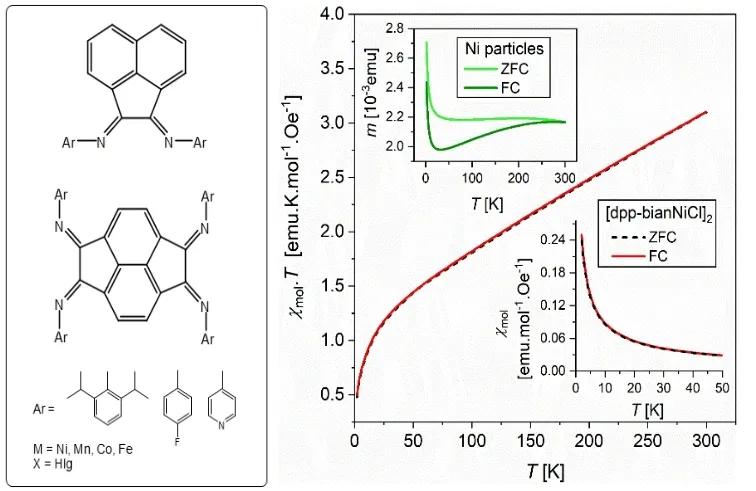Abstrakt pouze v angličtině.
Transition metal complexes with 1,2-bis(arylimino)acenaphthene ligands (bians) open a way for attractive fundamental research and promising applications in novel electronic, optical and spintronic devices. The rigidity of the bians makes them excellent platforms for the support of transitional metal complexes. The ability of the bians to function as an electron sponge leads to coordination compounds with intriguing behaviours, where charge-transfer processes and spin state transitions, induced by physical stimuli, can be explored. Moreover, the bifunctional bian-type ligands could serve as redox links for supramolecular construction, molecular wire models and metallopolymers.
Considering bians as promising ligands for the design of redox-active coordination compounds, we initiated a project aimed at the preparation of novel transitional-metal-based complexes and metal−organic frameworks supported by the anionic bis(arylimino)acenaphthene and tetrakis(arylimino)pyracene ligands.
